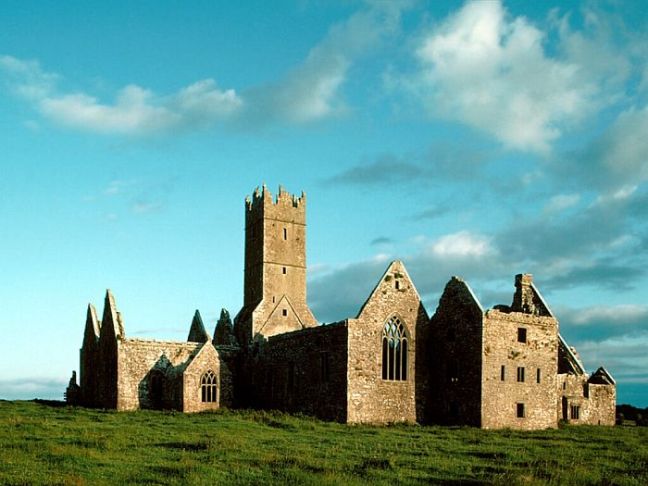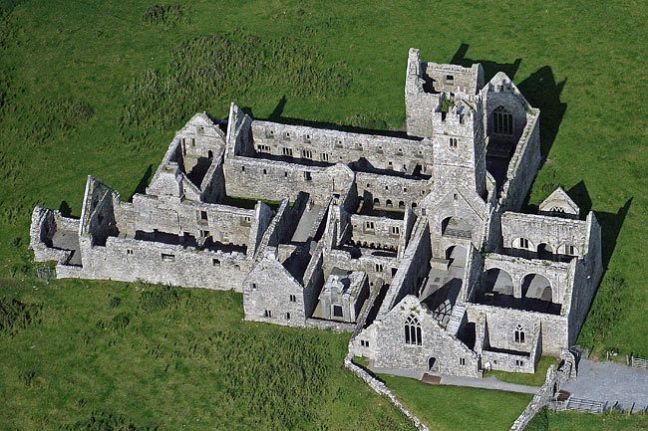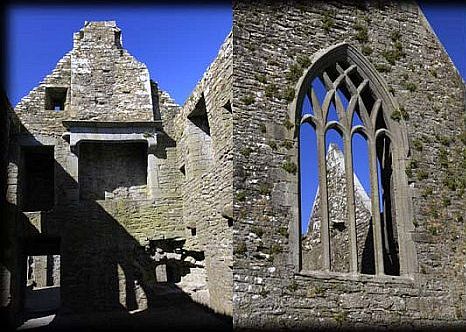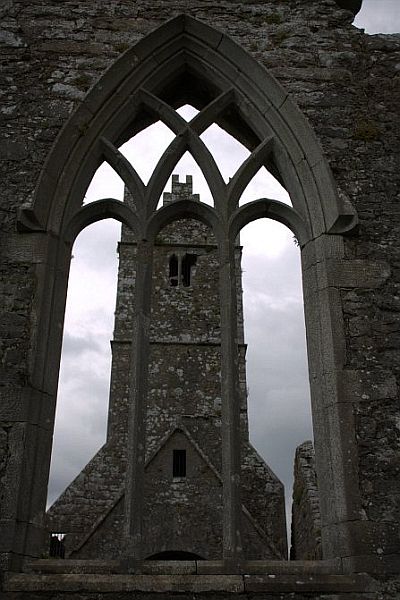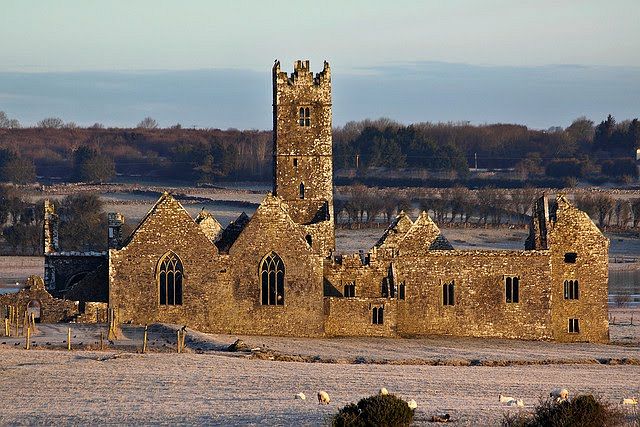Zabid is one of the oldest towns in Yemen and has been a UNESCO World Heritage Site since 1993.
The Great Mosque of Zabid was built in 628 AD and the town was the capital of Yemen from 13th to the 15th century.
Zabid is under rebel control of Huthi rebels, which are backed by Iran. The government, backed by Saudi Arabia, has been closing in on it as it makes its way to Hodeida, an important port.
Zabid is under threat as the government military looms in on Huthi rebels.

























































